The OnePlus 9 Pro is here, but the big burning question for some is whether you should upgrade from last year’s OnePlus 8 Pro. 2021 brings an all-new design for the OnePlus 9 Pro, along with featuring some sweet new features and new colors. But how do these two devices really match up?
Displays
Surprisingly, OnePlus opted to bring a smaller display with the 9 Pro, measuring at 6.7-inches compared to the 6.78-inch display on the OnePlus 8 Pro. Thanks to the slightly-smaller display, this introduces a higher resolution on the 9 Pro, along with a slightly-higher pixel density (525ppi vs 512ppi).
While we were hoping to see OnePlus get rid of the curved displays altogether, that’s not the case, although the company did flatten the display out a bit with the 9 Pro. But OnePlus claims it has taken even further steps in the software to help cut out any accidental touches when using the device.
The biggest difference between the 8 Pro and 9 Pro displays comes down to the technology being used. Both are capable of providing 120Hz refresh rates, and both are great for color reproduction. But the OnePlus 9 Pro features an LTPO display, similar to that of the Samsung Galaxy Note 20 Ultra and Galaxy S21 Ultra.
This allows the OnePlus 9 Pro to provide up to 50% less battery consumption by the display, along with featuring an Adaptive Refresh Rate ranging from 1Hz all the way up to 120Hz. With Fluid Display 2.0, OnePlus has packed a wide array of new features including Super Video Resolution, 360Hz touch sampling for better gaming, and more.
Performance
As expected, the OnePlus 9 Pro is equipped with the Qualcomm Snapdragon 888 processor, which is the latest flagship chipset. This has already been featured in devices ranging from the Galaxy S21 to the Xiaomi Mi 11 and a few other devices like the Oppo Find X3 Pro.
Meanwhile, the Snapdragon 865 found in the OnePlus 8 Pro powered many flagship devices from 2020, and is still quite a formidable option. There’s plenty of power provided by both of these processors, although the SD888 does get an edge with the onboard 5G chip and better battery optimization.
RAM and storage are the same between both of these devices, as there are 8GB / 128GB and 12GB / 256GB options available. It’s unlikely that you’ll ever run into many issues with the RAM, even if you don’t spring for the 12GB option.
Cameras
At launch, the OnePlus 8 Pro suffered from the same issues that have been found in previous OnePlus devices. The camera hardware is solid, but the image processing and software left images looking a bit stale. You could have gone the route if installing a GCAM mod, but OnePlus eventually tweaked the software enough to bring an experience you expected at launch.
This time around, OnePlus has reached out and partnered with Hasselblad for a better camera experience. There’s an all-new Hasselblad Pro Mode, providing all of the fine-tuned controls that you would want while snapping photos on your smartphone. The companies have put more of a focus on accurate color reproduction, which is a large piece of the overall photography pie.
Both of these phones feature a quad-camera setup, and are headlined by a 48MP sensor. Both feature an ultra wide and telephoto sensor, with the only difference being the 5MP color filter of the 8 Pro, compared to the 2MP monochrome sensor on the 9 Pro.
We’ll need to take some time with the OnePlus 9 Pro to really see how well the camera performs, but things are looking pretty good so far.
Battery Life
Battery Life is another key feature that everyone considers when looking at a new smartphone, and you may not think there will be much difference here. That’s because the 8 Pro featured a 4,510mAh battery cell, while the 4,500mAh battery in the 9 Pro is only slightly-smaller.
But we are expecting to see improved battery life overall out of the 9 Pro thanks to the new LTPO display paired with the Snapdragon 888. Plus, another year has given OnePlus enough time to tweak and fine-tune OxygenOS to provide improved battery life.
While the 8 Pro marked the first time we have seen wireless charging from a OnePlus device, the company upped the ante with the 9 Pro. You’ll find 65W Warp Charge compatibility, with a power adapter included in the box. This is more than double that of the 8 Pro, which was limited to 30W fast charging.
Wireless charging is where the real fun begins as the 9 Pro is capable of 50W speeds, compared to the 30W found on last year’s model. This is possible due to the unique dual battery cell design found in the phone, with each battery cell charging wirelessly at 25W when using the new OnePlus Warp Wireless Charger.
Should you upgrade?
There’s one more piece of the puzzle you should consider, and that’s the price. The OnePlus 8 Pro featured a retail price of $899 for the 8GB/128GB version, while the 12GB/256GB variant came in at $999. Those hoping to see a Samsung-like price reduction with the OnePlus 9 Pro will be a bit disappointed. The OnePlus 9 Pro starts at $969 for the 8GB/128GB version, and goes up to $1,069 for the 12GB/256GB model.
The OnePlus 8 Pro is not outdated or obsolete by any means, as the company will likely be providing updates for the next few years. OnePlus has improved the camera quality and software processing, making for a fantastic overall experience, or you can just install the GCAM mod.
But if you want the new-and-improved cameras, faster Warp Charge wireless charging, all-new LTPO display, and the latest processing power, then the 9 Pro is the way to go. You’ll just have to spend a little bit more to get your hands on one.
| OnePlus 9 Pro | OnePlus 8 Pro | |
|---|---|---|
| Price | $969/ $1,069 | $899/$999 |
| Screen size | 6.7-inches | 6.78-inches |
| Resolution | 1440 x 3216 | 1440 x 3168 |
| Density | 525 ppi | 513 ppi |
| Processor | Qualcomm Snapdragon 888 | Qualcomm Snapdragon 865 |
| RAM | 8/12 GB | 8 / 12 GB |
| Storage | 128/256 GB | 128 / 256 GB |
| Battery | 4500 mAh | 4510 mAh |
| OS | Android 11 | Android 10 |
| Rear camera | Quad-cameras: 48MP, OIS, f/1.8, 1.12 μm, (main) 50MP, f/2.2, freeform lens (ulra-wide) 8MP, :f/2.4, 1.0 μm (3.3x tepephoto) 2MP (monochrome) |
Quad-cameras: 48MP, f/1.78, (standard), 8MP, f/2.4 (telephoto), 48MP, f/2.2, 119 degrees (ultrawide), 5MP, f/2.4 (color filter) |
| Front camera | 16MP, Fixed focus, f/2.4, 1.0 μm | 16MP, f/2.4 |
| Bluetooth | v5.2 | v5.1 |
| NFC | Yes | Yes |
| Dimensions | 163.2 x 73.6 x 8.7 | 165.3 x 74.35 x 8.5 mm |
| Weight | 197g | 199 g |
| Water Resistance | IP68 | N/A |
| Wireless Charging | Yes | Yes |
| Special features | 65W fast charging, 50W Qi wireless charging, in-display fingerprint sensor, WiFi 6, sub-6 and mid-band 5G, in-display fingerprint sensor | 30W fast charging, 30W wireless fast charging, Reverse wireless charging,In-display fingprint sensor, 120 Hz display |


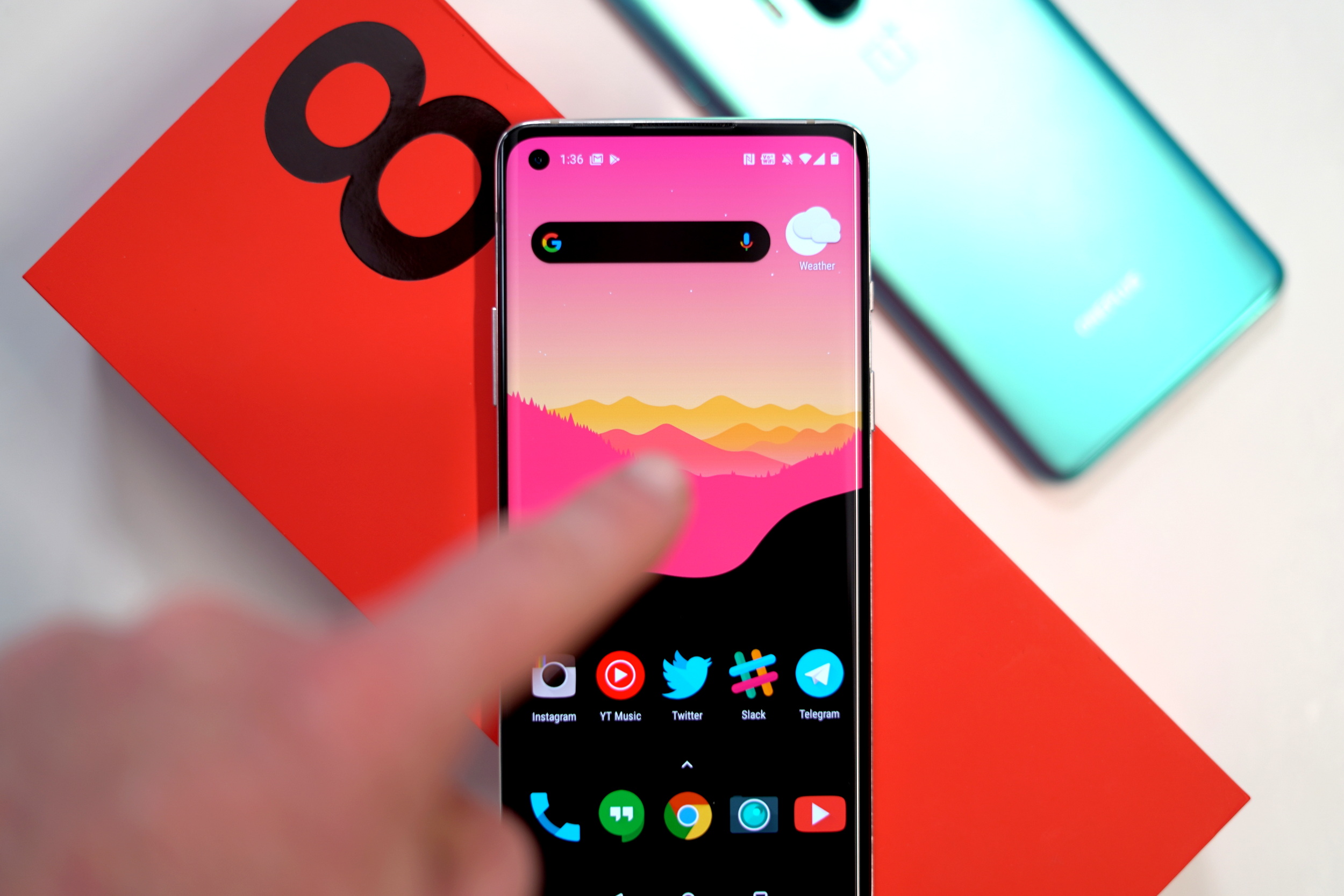

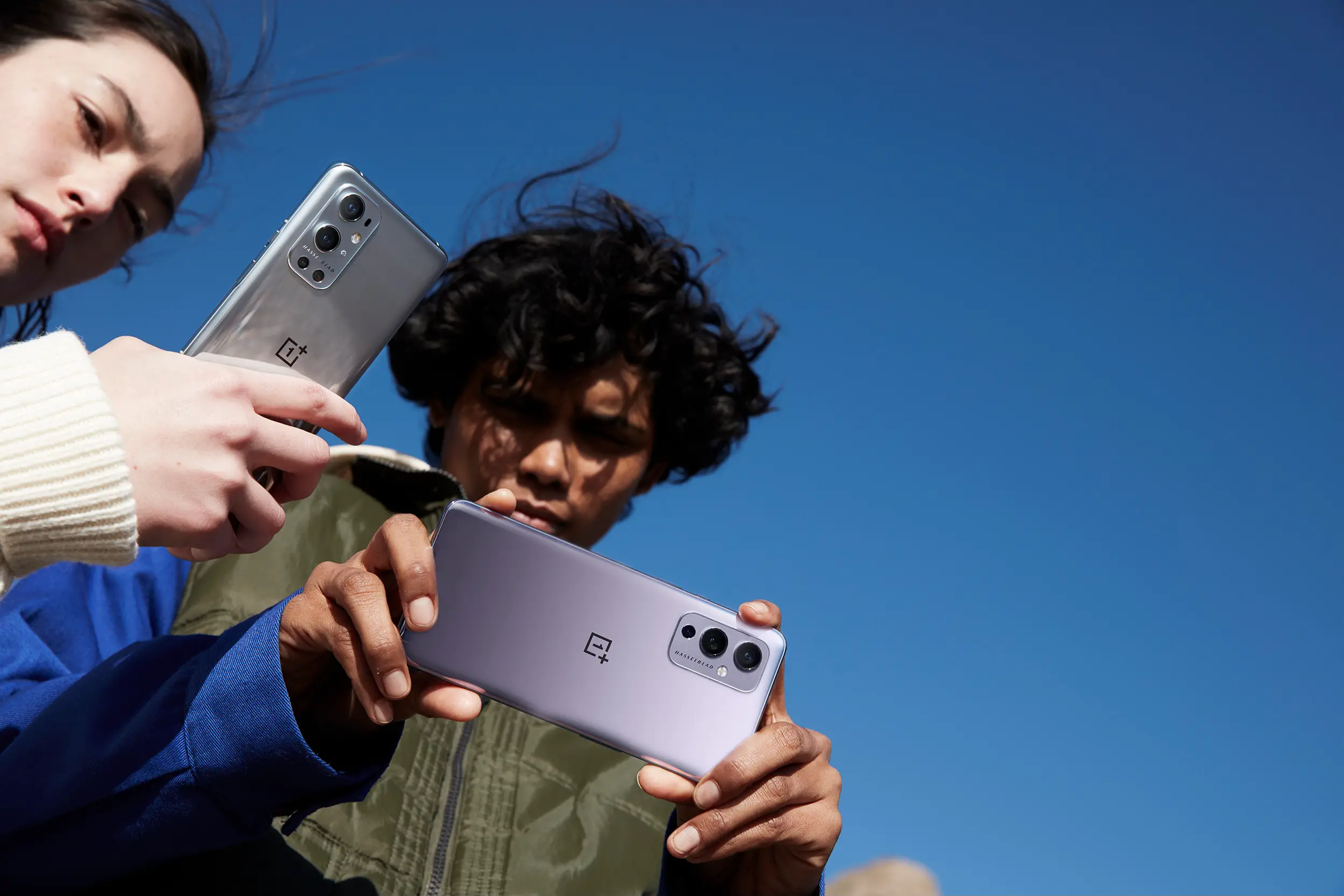
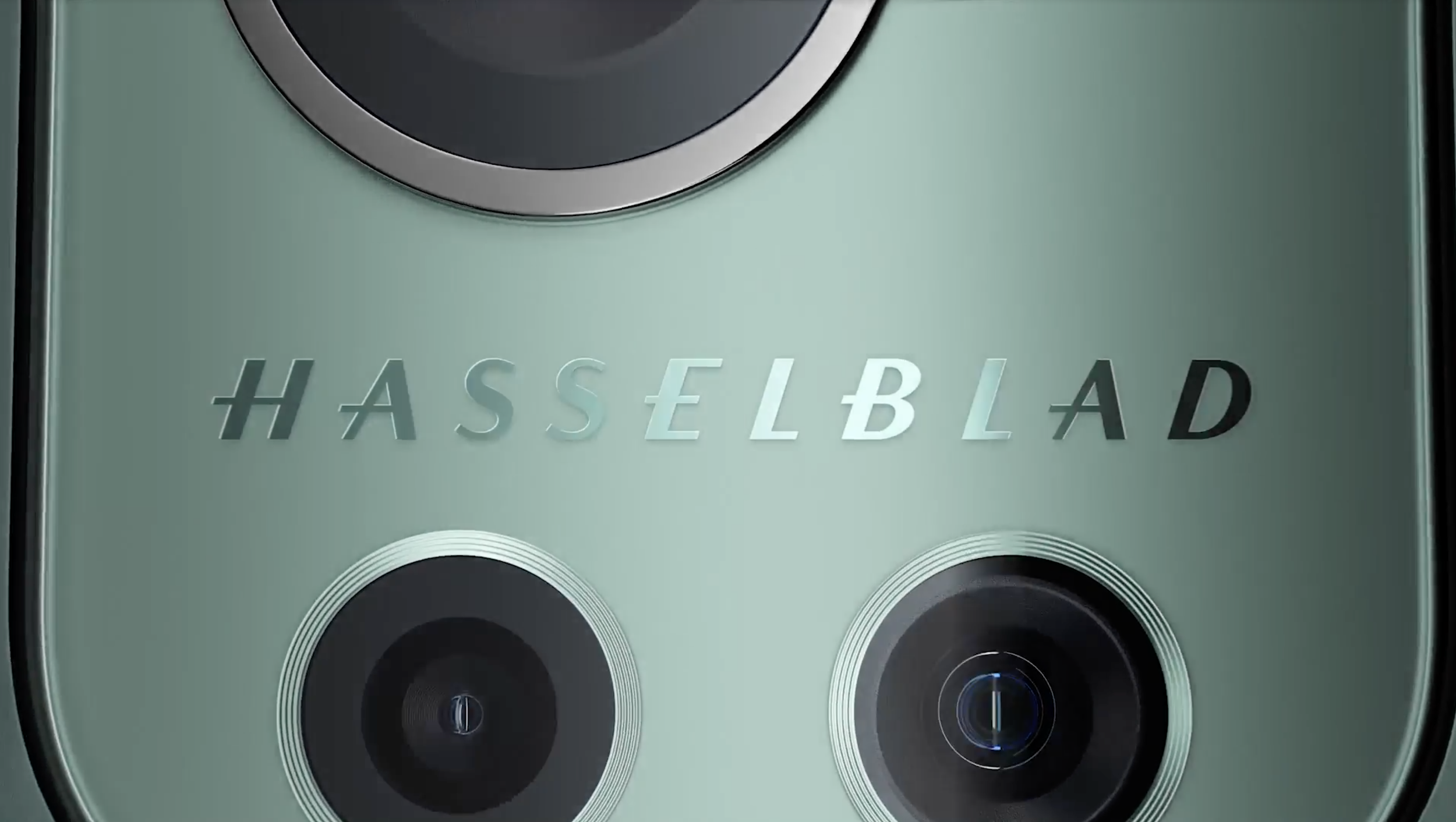
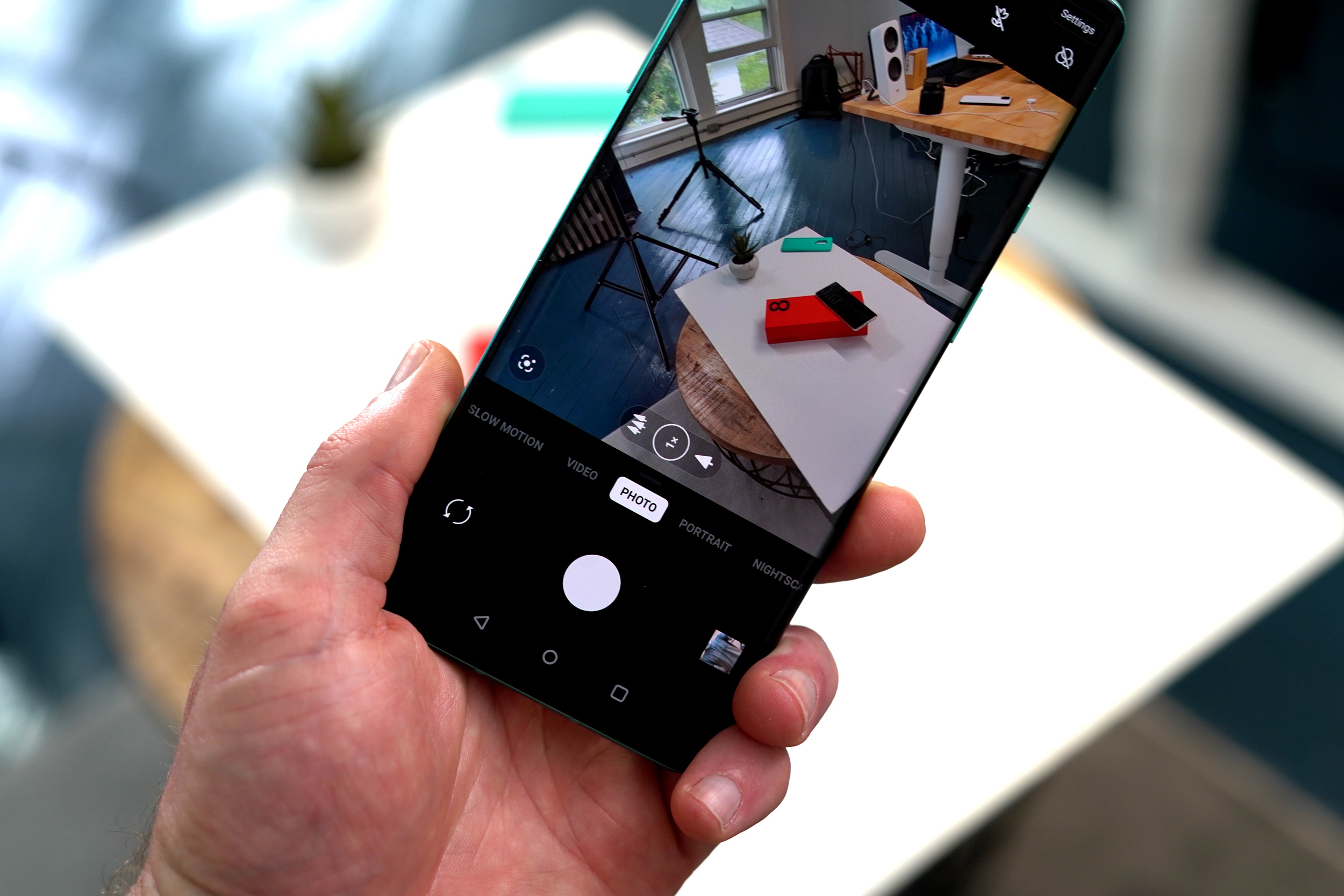


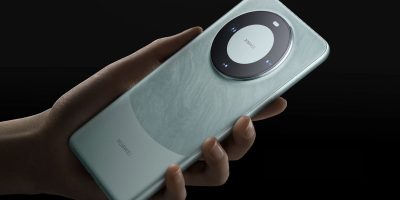
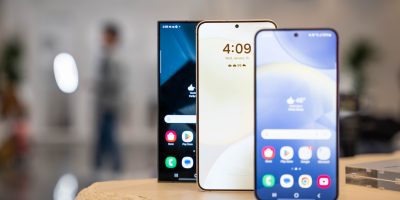
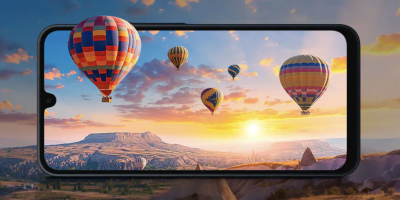
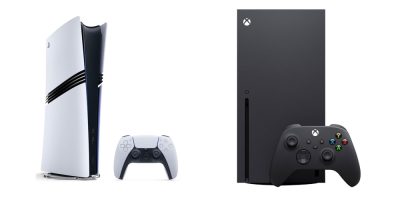
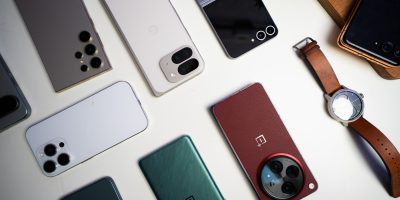
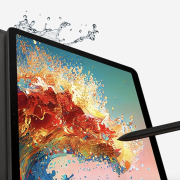
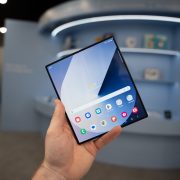
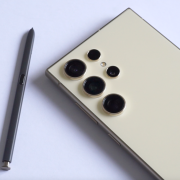

Comments